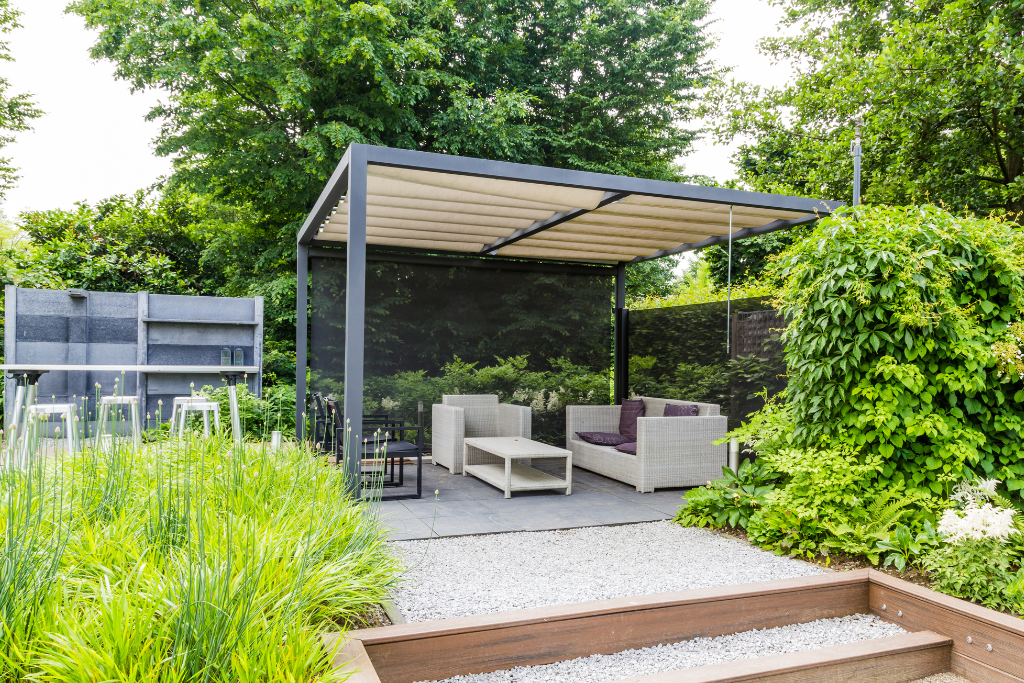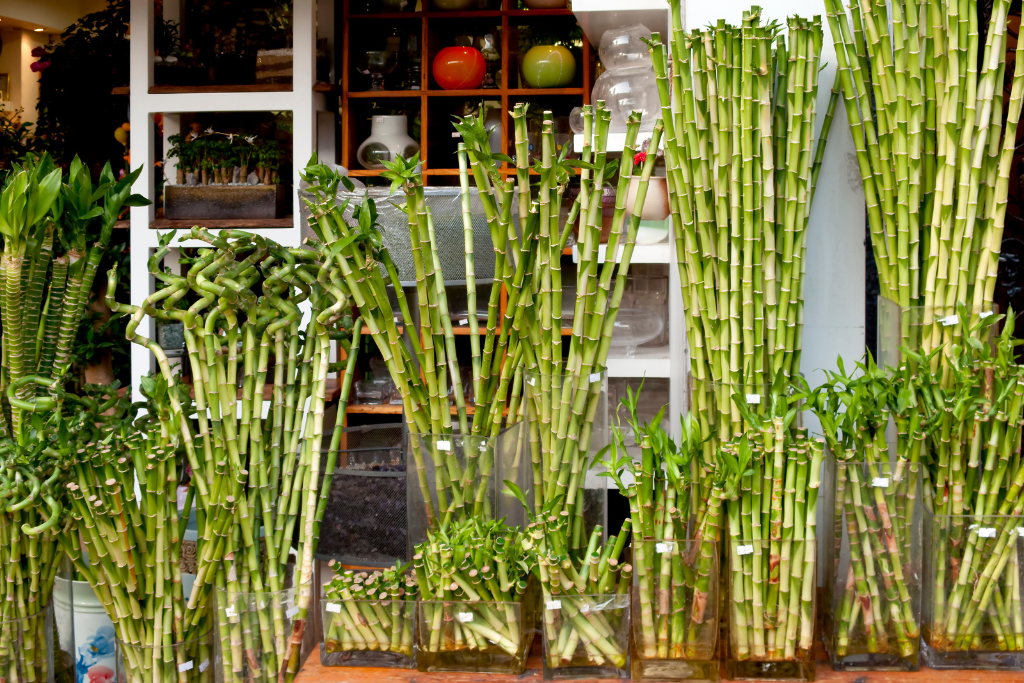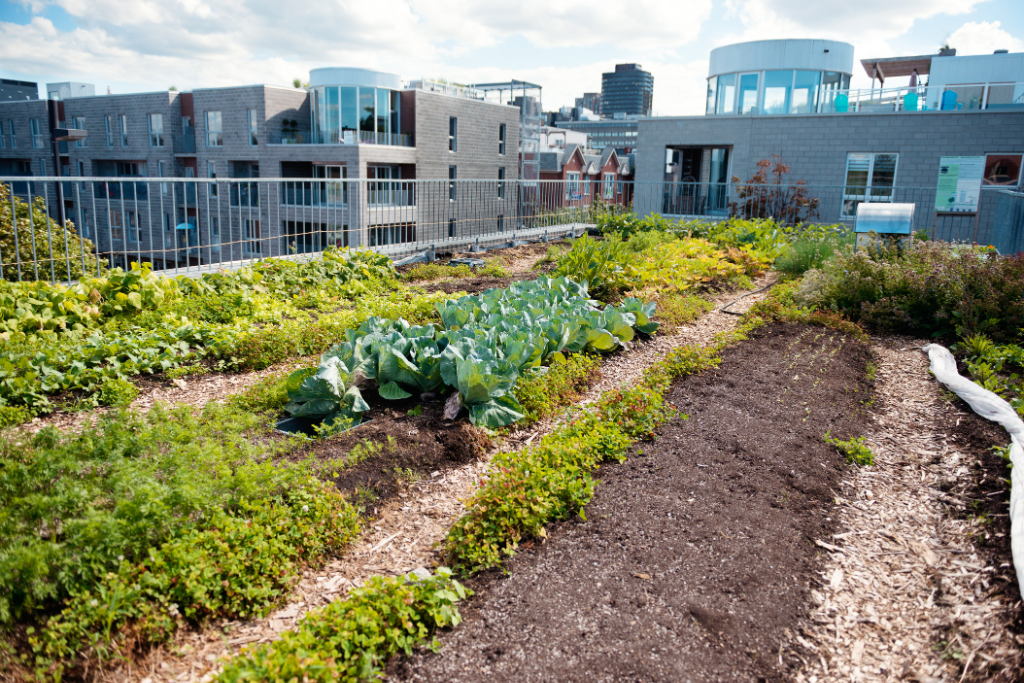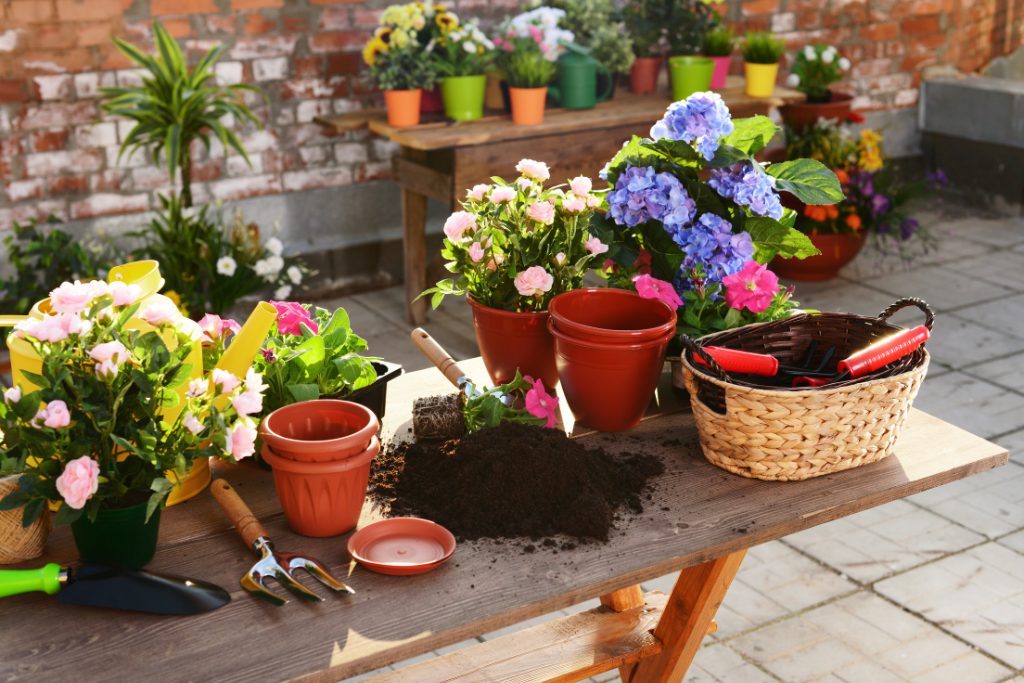Gardens, with their lush greenery and colorful blooms, offer a delightful escape from the hustle and bustle of everyday life. They are where nature’s beauty and human creativity intertwine to create a space that soothes the soul and invigorates the senses. Whether you’re an experienced gardener with a green thumb or a novice just dipping your toes into the world of horticulture, the possibilities are as vast and varied as the plant kingdom itself.
In this article, we embark on a journey through the world of plants, exploring their diversity and the unique roles they play in transforming outdoor spaces. The focus here is on those botanical wonders that are particularly well-suited for smaller or unconventional gardening spaces. Gardening experts at The Plant Bible suggested a wide variety of plants perfectly suited for rooftop gardens and buildings. These pockets of green in the heart of urban environments have become havens for plant enthusiasts, offering a canvas for creativity and an opportunity to connect with nature amid the concrete jungle.
Elevating Green Spaces: Plants on Rooftop Terraces
In urban environments, rooftop terraces offer a unique canvas for bringing the beauty of gardens and plants to new heights.
Succulents:

Succulents are a diverse group of plants that have adapted to arid conditions by storing water in their fleshy leaves, stems, or roots. They come in various shapes, sizes, and colors, making them a favorite choice for gardeners. Some popular succulent varieties include Echeveria, Sedum, Aloe Vera, and Haworthia. These plants are known for their low water requirements, making them perfect for water-efficient and low-maintenance gardens. Succulents are often used in container gardening, rock gardens, and even as indoor houseplants due to their unique and visually appealing forms.
Ornamental Plants:

Ornamental plants are cultivated for their aesthetic qualities, such as flowers, foliage, or overall appearance. They are often used to enhance the visual appeal of a garden. Ornamental plants can include a wide range of species, from flowering shrubs like roses and hydrangeas to decorative grasses like ornamental bamboo. The choice of ornamental plants can be highly personalized, allowing gardeners to create a garden that reflects their style and preferences.
Climbing Vines:

Climbing vines are plants that naturally or with some support climb upward, often adorning walls, trellises, and fences. They are versatile and can add vertical interest to gardens. Common climbing vines include:
Jasmine: Jasmine vines produce fragrant white flowers that create a pleasant atmosphere in the garden.
Bougainvillea: Known for its vibrant bracts in various colors, bougainvillea is perfect for creating a colorful living wall.
Ivy: Ivy vines are classic choices for creating green walls and adding a touch of elegance to any garden.
Dwarf Trees:

Dwarf trees are smaller, compact versions of regular trees. They are well-suited for smaller gardens, balconies, and terraces. Some popular dwarf tree options include:
Dwarf Fruit Trees: Varieties like dwarf apple, cherry, and citrus trees produce delicious fruit while maintaining a manageable size for smaller spaces.
Japanese Maple: These ornamental trees have stunning, intricate foliage and are prized for their compact growth habit.
Crape Myrtle: Compact crape myrtle trees offer bursts of vibrant flowers, making them excellent choices for small-space gardening.
Bamboo:

Bamboo is a fast-growing and versatile plant that can serve multiple purposes in a garden. It can be used to create privacy screens, windbreaks, and a contemporary aesthetic. Bamboo comes in various species, and some are well-suited for smaller gardens due to their clumping growth habit, which prevents invasive spreading. When properly maintained, bamboo can add a unique and exotic touch to your garden, and its rustling leaves create a soothing sound.
Vegetables:

Vegetable gardening allows you to grow fresh and healthy produce at home. Common vegetables for gardeners to consider include tomatoes, peppers, lettuce, cucumbers, and zucchinis. The choice of vegetables depends on your climate, available space, and personal preferences. Container gardening or raised beds are excellent options for those with limited space, as they allow for efficient use of small areas.
Flowers:

Flowers add color, fragrance, and beauty to gardens. Some popular flower choices for gardens include:
Roses: Known for their classic beauty and fragrance, roses are a timeless favorite.
Tulips: Spring-blooming tulips come in a range of colors and are perfect for adding a burst of color to your garden.
Sunflowers: These cheerful, tall flowers are known for their sunny appearance and attract pollinators.
The choice of flowers can vary widely depending on your preferences, whether you prefer annuals, perennials, or a mix of both to provide continuous blooms throughout the year.
Conclusion
In conclusion, gardens are a fusion of nature’s beauty and human creativity. The plants discussed, from succulents to climbing vines, offer endless possibilities for all gardeners. Gardens not only enhance the visual appeal of your space but also provide a peaceful escape from the urban hustle. As you embark on your gardening journey, remember that tending to plants nurtures your well-being. So, let the diverse world of plants be your inspiration, and with care and creativity, you can transform any outdoor space into a haven of beauty and tranquility. Happy gardening!





